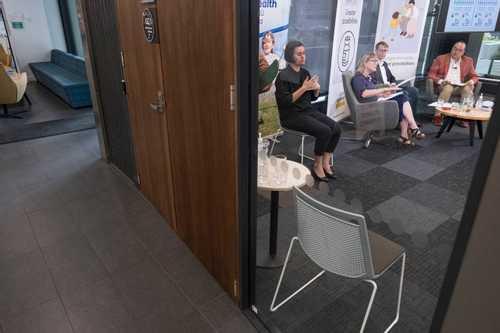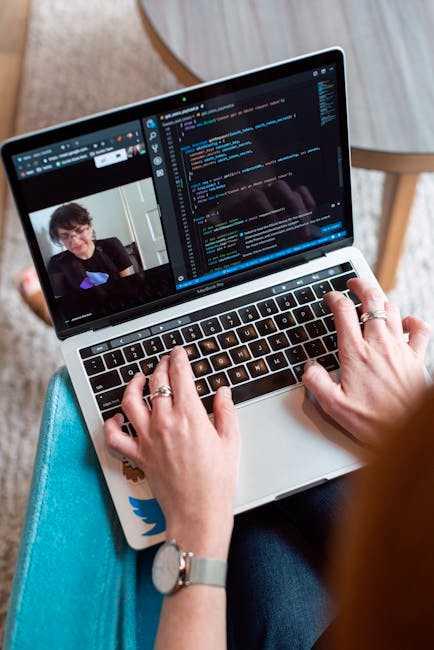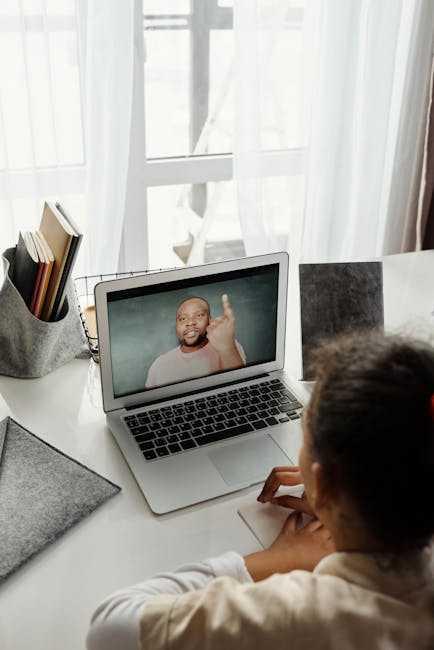Cure Remote Meeting Overload With 'Punctuated Collaboration'
Curated from: time.com
Ideas, facts & insights covering these topics:
9 ideas
·192 reads
2
Explore the World's Best Ideas
Join today and uncover 100+ curated journeys from 50+ topics. Unlock access to our mobile app with extensive features.
The Problem With Online Meetings
A recent survey had startling findings on the condition of remote work: Even relatively experienced remote employees shared the ways their work lives had gone downhill since the pandemic started. The reason is Online Meetings.
The pandemic-era remote work has led to a meeting explosion, making our already excessively meeting-focused work culture worse—for longtime remote workers as well as those new to WFH. For many of us, the expansion of meeting time means that our working lives went from having a lot of meetings to having an utterly over-the-top number of meetings.
9
41 reads
Meeting Horrors
Many employees across the globe are subjected to back-to-back meetings, without a chance to get a glass of water or a bio break. They endure those extra-exhausting meetings, thanks to the widely documented effects of meeting with our faces only, instead of our whole selves.
It’s not like we don’t have the tools to prevent it. Email, Google Docs, Slack, and Basecamp: These are the types of applications that make it easier for us to share ideas and information without being in the same room so that we can collaborate without necessarily working in the same place or even at the same time.
9
27 reads
The New Way To Work: Punctuated Collaboration
In punctuated collaboration, we only get together (IRL or virtually) when it’s crucial to advancing our work—and we seize the chance to make significant progress on our solo work in between those meetings.
In the best-case version of hybrid work, you might go back to the office one or two days a week—maybe even three, if your work is highly collaborative. When you’re face-to-face in the office, your days are packed with meetings: team meetings, project huddles, all-hands or interdepartmental catch-ups, one-on-ones with bosses, and check-ins with direct reports or closest colleagues.
9
24 reads
Punctuated Collaboration: Hybrid Work As Strategy
Make your schedules as a team, so you’re in the office on the same days as the people you work with closely. If you work closely with people in other cities or countries, try to sync with their workdays, too—maybe the sales department on every continent can stick to the same Monday/Wednesday schedule—so that even your video calls can happen on your office days.
9
20 reads
Go Home Exhausted
Yes, a 9-to-5 day of back-to-back meetings is really tiring, especially if it’s followed by after-work drinks with your colleagues. But now you’re only going to be exhausted by meetings two days a week, instead of five.
The main idea here is to have two days a week where everyone participates in meetings, and three days a week where employees do solo work. The actual ratio depends on the kind of collaboration required.
8
26 reads
Those Three Meeting Free Days Instead Of Five
The strategy of using office time as collaborative time works best if there is an organization-wide (or at least, department- or team-wide) commitment to keeping remote days meeting-free.
If you aren’t in a position to set that policy for your employer or team, set it for yourself: Close off your appointment-booking windows, block off big blocks of time on all your at-home days (even if you need to leave some bookable times), and try to block off at least one entirely meeting-free day a week.
9
17 reads
Effective Meetings
How can two or three days of in-person meetings substitute for five days a week of video calls? It works if we are really thoughtful and effective in how we run our meetings: sharing and sticking to agendas, inviting people only if their contribution is needed (and then ensuring they have a chance to make it), and treating the process of connecting and trust-building as a central part of meeting work.
Run half-assed meetings, and you will find yourself booking the other half of the ass as another WFH video call.
9
12 reads
Focus On Your Flow Time
The point of this whole approach is to get some actual head-down, focused, productive work time. So on the days you’ve cleared of meetings, put your head down! It may take some practice to make the most of a four- or five-hour block of uninterrupted time, but once you get the hang of it, you’ll find that you can get more done in five good hours of remote time than you would in nine or ten hours at the office.
9
13 reads
The Bottom Line
When you tap into the joy and power of working in the zone like that—well, don’t fill up the rest of the day with video calls just because there’s space. Put your five focused hours in, and then get up from your desk. Because you’ve now earned the real reward of remote work: making time for your whole life.
8
12 reads
IDEAS CURATED BY
Olivia Lambert's ideas are part of this journey:
Learn more about remotework with this collection
How to manage anxiety and self-doubt
Strategies for setting realistic goals
The importance of self-compassion and self-care
Related collections
Similar ideas
4 ideas
Your helpfulness at work is hurting your job performance
fastcompany.com
9 ideas
How to be Remote-First When You Still Have an Office
blog.doist.com
8 ideas
Read & Learn
20x Faster
without
deepstash
with
deepstash
with
deepstash
Personalized microlearning
—
100+ Learning Journeys
—
Access to 200,000+ ideas
—
Access to the mobile app
—
Unlimited idea saving
—
—
Unlimited history
—
—
Unlimited listening to ideas
—
—
Downloading & offline access
—
—
Supercharge your mind with one idea per day
Enter your email and spend 1 minute every day to learn something new.
I agree to receive email updates






